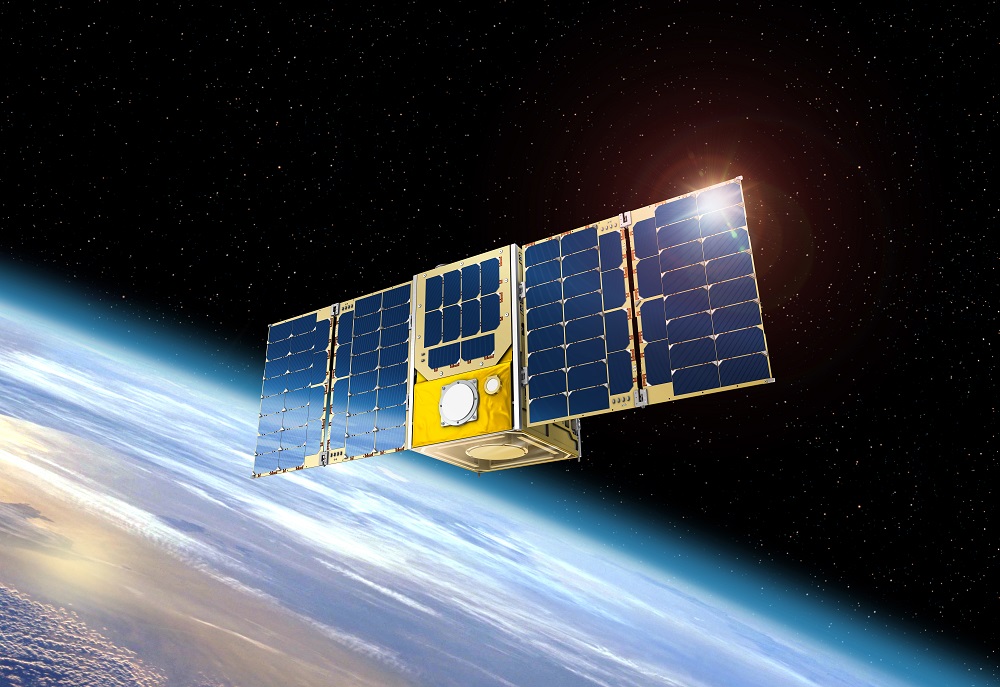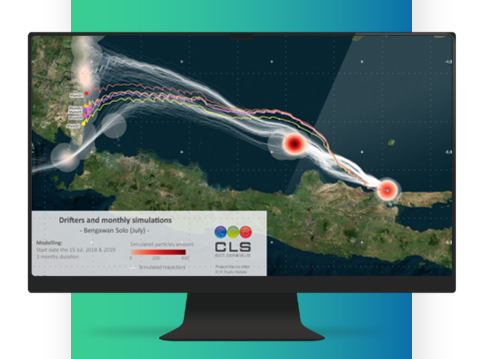For over 30 years, CLS has been putting satellites to work for the environment and developing innovative solutions to understand and protect our planet.
Just as Indonesia chose CLS to help them in the fight against pollution, The SeaCleaners, a key player in the fight for a pollution-free ocean, has chosen CLS as a partner to help locate waste slicks using satellite data and Earth observation satellites.
This strategic information will help define locations for the MANTA, a first-of-a-kind processing ship designed to collect, treat and repurpose large volumes of floating plastic debris present in highly polluted waters, along the coasts, in estuaries and in the mouths of large rivers.
The SeaCleaners recently interviewed our very own Dr. Marc Lucas to find out how CLS’ expertise in space can optimize marine waste collection.

Tracking macro plastics: a satellite-based solution
250 kg of plastic leak into the ocean each second – the equivalent to a garbage truck.
In fact, an FAO report concerning plastic pollution, published in 2019, estimates that 5 billion pieces of plastic are currently floating in our seas.
If this continues, the ocean is expected to contain more plastics than fish by 2050.
CLS and its partners have developed a unique approach to provide a solution using space technology that not only optimizes plastic collection along coastlines and at sea but is also capable of identifying sources of pollution, providing stakeholders with the necessary tools to fight against plastic pollution:
- Real-time monitoring of plastic waste waste with Argos/GPS satellite trackers
- Modelling using CLS’proven drift model to predict areas of plastic accumulation and also sources of pollution
- A planning tool through an interactive web portal able to track as well as predict when and where plastic will accumulate.

